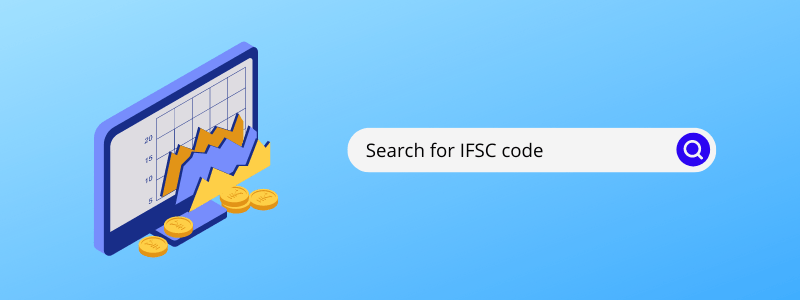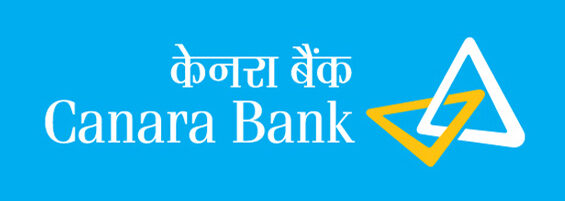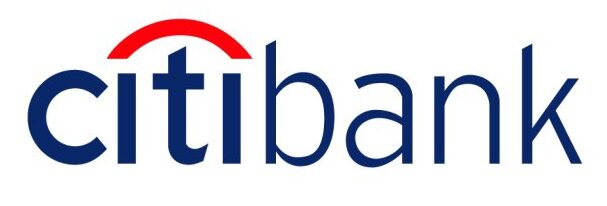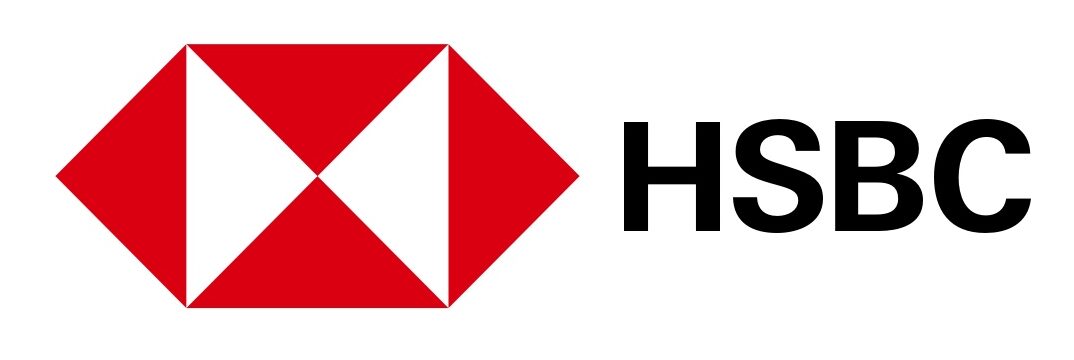
You can’t make any online money transactions through NEFT, IMPS, and RTGS without the IFSC. It is a code assigned to each bank branch by the Reserve Bank of India (RBI).
IFSC search is really easy! All you need to do is look at the code imprinted in your passbook allotted by the bank.
But if you don’t have an account and still want to search IFSC then, here are lists of banks with their branch’s address, IFSC and some other details to simplify your IFSC code search!
What is IFSC Code?
IFSC stands for Indian Financial System Code. It signifies the 11-digit character that can be usually seen on any bank’s cheque leaf, or other material sponsored by the bank.
IFSC’s 11 characters are unique for individual bank branches so it helps in its identification.
IFSC code has 3 major advantages:
- Unique identity of every branch.
- Any discrepancy while the fund transfer can be easily resolved.
- This code supports all the electronic payment tools such as NEFT, RTGS, and IMPS.
IFSC Code Format
IFSC code is a unique 11-digit alphanumeric code. The bank IFSC code follows a specific format wherein, the first 4 digits signify the bank and the last 6 characters represent the branch, while the 5th character is always a zero.
How to Know Your IFSC Code?
As mentioned above, searching for your IFSC code is pretty simple. And you can do it in multiple ways:
- Simplest way is to check for the IFSC code on your bank’s cheque and passbook.
- You can visit the official website of your bank.
- Visit RBI’s website and search the IFSC code.
Search the verified IFSC code easily here at paisabytes.com. Simply, select the bank and you’ll have the whole list of branches to look up to.
What is MICR Code?
MICR stands for Magnetic Ink Character Recognition. MICR is an innovative technology that is used for authenticating the paper-based document(s) in the banking database based on their credibility and legality. These codes are a derivative of a top-notch Character Recognition Technology (CRT) that is used to verify cheques for clearance by banks.
MICR codes are usually required for filing financial transactions such as SIPs or any other investment forms or during fund transfers. MICR codes are used by RBI to identify a particular bank branch in order to speed up the clearing process.
MICR Code Format
MICR code is a unique 9-digit code. The bank MICR code follows a specific format wherein, the first 3 digits signify the city, the middle ones signify the bank, and the last 3 digits represent the branch.
How to Know Your MICR Code?
Like IFSC code, searching for your MICR code is so pretty simple! And you can do it in multiple ways too:
- Take out your bank cheque and you will find the MICR code at the bottom of the cheque leaf right next to the cheque number.
- You can also find it printed usually on the first page of your bank’s savings account passbook.
- You can also visit the official website of your bank.
Search the verified MICR code easily here at paisabytes.com. Simply, select the bank and you’ll have the whole list of branches to look up to.
Difference Between IFSC & MICR Code
| IFSC code | MICR code |
| 1. Indian Financial System Code (IFSC) facilitates the electronic payment tools for electronic money transfers. | 1. Magnetic Ink Character Recognition (MICR) code simplifies the cheque processing system. |
| 2. 11-digit alphanumeric code. | 2. 9-digit code. |
| 3. The first 4 digits signify the bank and the last 6 characters represent the branch, while the 5th character is always a zero. | 3. The first 3 digits signify the city, the middle ones signify the bank, and the last 3 digits represent the branch. |











